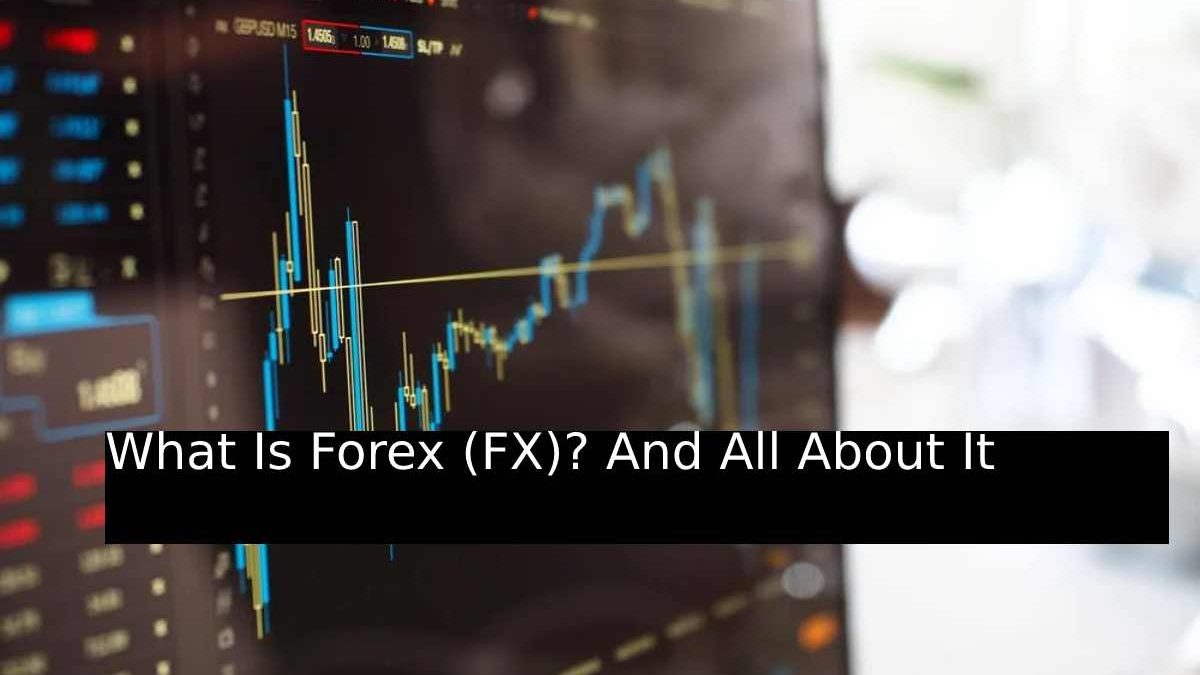Forex refers to the global electronic markets for trading international rupees and derivatives. The forex market is the largest and most liquid market globally in terms of trading volume, with dollars changing daily. Many of the forex transactions are done through banks and brokers.
The market is open 24 hours, except for weekends, excluding public days off. The Forex marketplace is open on many public breaks when exchanges are closed, although trading volumes may be lower.
Its name, Forex, is an acronym for Foreign Currency and Exchange. It is abbreviated as fx.
Table of Contents
What is Forex (FX)?
Forex (FX) is the global electronic market for trading international currencies and currency derivatives. It has no central physical location, but it is the largest and most liquid market globally in terms of trading volume, with billions of dollars changing hands daily. Most transactions are processed through banks and brokers.
The Forex market is open 24 times, except for weekends, excluding public days off. The Forex market is open on many community days off when exchanges are closed, although trading volumes may be lower.
Its name, Forex, is an acronym for Foreign Currency and Exchange. It is abbreviated as fx.
Understand All About It
Forex exists so that large totals of one money can be switched for the equivalent value in another currency at the current market exchange rate.
Some of these transactions occur because financial institutions, companies, or individuals need to exchange one currency for another for business reasons. For example, a US company may exchange US dollars for Japanese yen to pay for goods ordered in Japan and payable in yen.
Much of forex trading exists to accommodate speculation about the direction of currency values. Traders benefit from the price movement of a specific currency pair.
Forex Pairs And Courses
Traded currencies are listed in pairs, such as B. USD/CAD, EUR/USD, or USD/JPY. These pairs represent the US Dollar (USD) against the Canadian Dollar (CAD), the Euro (EUR) against the USD, and the USD against the Japanese Yen (JPY).
There is also a prize related to each pair, e.g., 1.2569. If this price was related to the USD/CAD pair, buying one USD costs CAD 1.2569. If the rate rises to 1.3336, it costs CAD 1.3336 to buy one USD. The USD has appreciated (CAD has fallen) because it now costs more CAD to buy a USD
Currency Lots
In the forex marketplace, currencies are traded in micro, mini, and standard lots.
A microcomputer lot is 1,000 units of a given coin, a mini lot is 10,000, and a standard lot is 100,000.
It’s about exchanging money on a larger scale than going to a bank to exchange $500 for a trip. When trading on the electronic forex market, transactions are made in currency blocks. They can trade in any desired volume within limits allowed by the balance of the individual trading account. For example, you can trade seven microcomputer lots (7,000), three mini lots (30,000), or 75 standard lots (7,500,000).
How Big Is Forex?
The forex market is unique for several reasons, mainly its size. The transaction volume is generally huge. For example, transactions in foreign exchange markets averaged $6.6 trillion daily in 2019, according to the Bank for International Settlements (BIS).
The largest foreign conversation markets are in the world’s major financial centers, including London, New York, Singapore, Tokyo, Frankfurt, Hong Kong, and Sydney.
Understand Forex FX
It exists so that large quantities of one currency can be swapped for the equivalent value in another currency at the current market exchange rate.
Some of these transactions occur because financial institutions, companies, or individuals need to exchange one currency for another for business reasons. For example, a US company may exchange US dollars for Japanese yen to pay for goods ordered in Japan and payable in yen.
Much of forex trading exists to accommodate speculation about the direction of currency values. Traders benefit from the price movement of a specific currency pair.
Forex Pairs And Courses
Traded currencies are listed in pairs, such as B. USD/CAD, EUR/USD, or USD/JPY. These pairs represent the US Dollar (USD) against the Canadian Dollar (CAD), the Euro (EUR) against the USD, and the USD against the Japanese Yen (JPY).
There is also a star associated with each pair, e.g., 1.2569. If this price is related to the USD/CAD pair, buying one USD costs CAD 1.2569. If the rate rises to 1.3336, buying one USD will now cost CAD 1.3336. The USD has appreciated (CAD has fallen) because it now costs more CAD to buy a USD.


